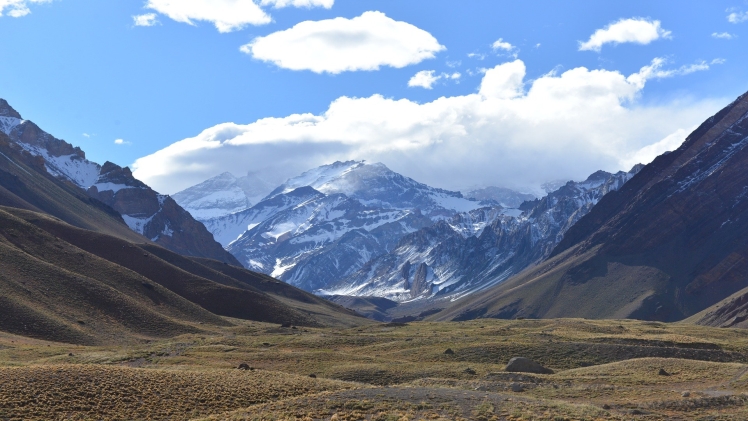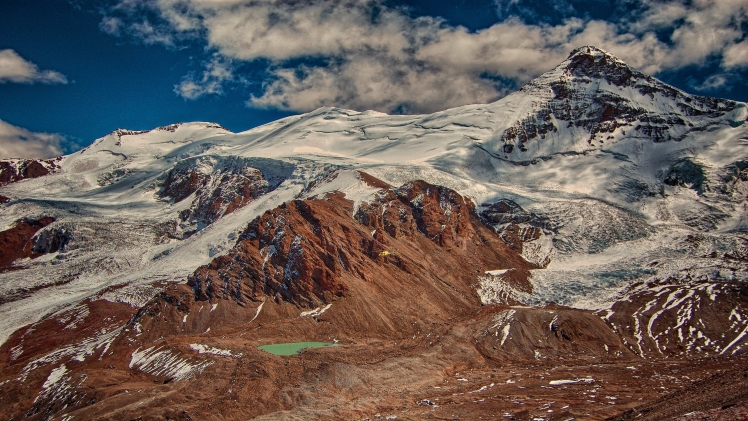Risk management in the mountains is intrinsic to the activity; it requires specific training. Although everyone wonders how to climb Aconcagua, that is not something that can be easily discovered.
At present, and despite being a profession with significant responsibilities, the Aconcagua mountain guides still do not have a national regulation of their activity. The associations that bring together professionals in the area in Argentina promote creating a law that incorporates at the national level three points that they consider fundamental: enforcement authorities, formalization of training institutions, and rights and obligations of the professional and their client. In addition to the physical condition, knowledge of the terrain, analysis of the meteorological conditions, control of the general health parameters of the people under their care, which they then check with the doctors stationed on the mountain, the guides must build leadership. Beyond being formally in charge, which implies being responsible for that expedition, leadership must be made, and you have to earn that place little by little so that people are willing to follow you. Being part of an Aconcagua expedition must be very well planned so as not to take unnecessary risks.
I believe that the idea, in general, should be to agree on decisions. Still, some things are left to the discretion of the domain and competencies of a mountain guide, and many times that goes against dreams and desires, sometimes you have to make a decision based on the well-being of just one of these elements, and egos begin to appear.
Everything ends up being an apprenticeship, which is learned from everything. It is imperative that the guides can capitalize on those experiences to obtain tools and manage them better. Beyond the measures adopted by the Directorate of Renewable Resources, responsible for the park, the bulk of the clients who hire promotions come from abroad, mainly from the United States and Europe, and confirm, or at least seal their expedition in September and October. However, this year, the uncertainty due to covid-19 and the limitations in transport and free transit generated a significant decrease in international tourism, the primary consumer of climbing expeditions.

For now, the permitted activity of hiking without an overnight stay will be nurtured by residents of the area who wish to stroll through the beautiful park. It will remain for the future to “make the summit” and “tear the sky with our hands almost 7,000 meters above sea level. As you increase height, it becomes more complicated; The last 200 meters before the summit, in good weather, takes about two hours.
There are no technical difficulties to climb Aconcagua through the normal routes, but we also have challenging routes, such as the Glaciar de Los Polacos or the southern wall. The issue we have is that many tourists come and not so many experienced people. Good preparation. It’s like everything: if I want to race F1 and get into a powerful car in the city, I will probably crash. We must go step by step that they learn to enrich themselves with mountain activity. I would prepare for a year with mountains, along with another bicycle or swimming training. In Aconcagua you have to acclimatize and the Cordón del Plata to practice is spectacular. There they can test their equipment and capabilities.
Read more about: Pii Email

